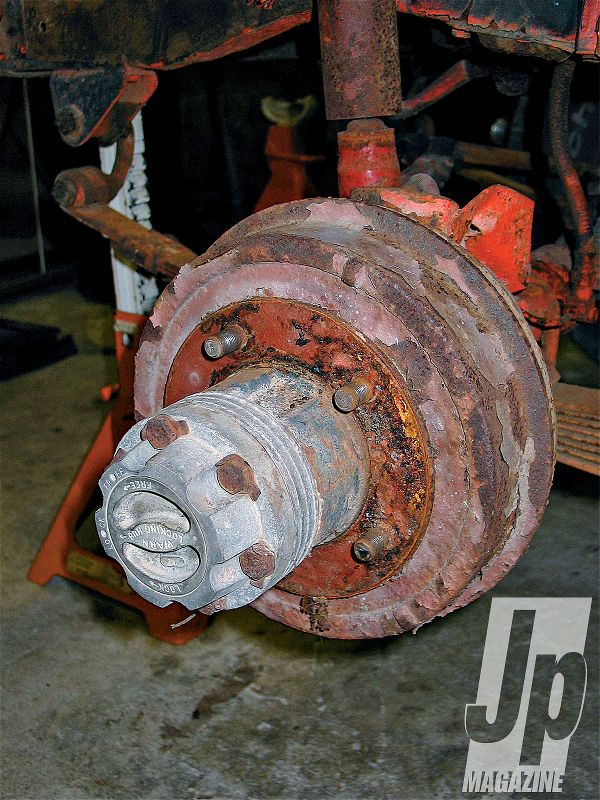
 John Cappa
Former Editor, Four Wheeler
John Cappa
Former Editor, Four Wheeler
If you've spent any time behind the wheel of an early Jeep with the stock 9-inch drum brakes at all four corners, you know that applying them can sometimes feel more like a request to stop rather than a command. And if you've tried to keep the eccentric bolts on the 9-inch Jeep drums properly adjusted, then you probably know that rust usually makes this task impossible. Fortunately, it's easy to upgrade to a larger more modern drum brake assembly up front where 60 to 90 percent of your stopping power comes from. It's a bolt-on-and-go conversion for the wrecking-yard-savvy swapper. Your first task is to locate some complete 11-inch Jeep drum brakes and rubber brake lines. They can be found on the front of many '73 and earlier Wagoneers, Cherokees, and J-trucks. We found ours on a '73 J2000. There are some 10-inch drum assemblies out there that can be used as well, as long as they came from a closed-knuckle Jeep Dana 25, 27, or 44. Here's how to make the swap.
 PhotosView Slideshow
PhotosView Slideshow





